A masterpiece of microbudget shock and awe, Takashi Miike’s “Ichi the Killer” has inspired everyone from Quentin Tarantino to Eli Roth.
In 2001, Takashi Miike premiered Ichi The Killer at the London Film Festival, thrusting Japanese cinema into the international spotlight and resulting in a chaotic and controversial release. The film was made with a budget of only $1,400,000, showcasing what he could do with limited resources.
Ichi The Killer was rated ‘18’ by the BBFC (British Board of Film Classification); this rating resulted in three minutes of male-on-female violence being completely cut, whereas the film was outright banned in Norway and Malaysia under their respective film censors.
Tartan Asia Extreme was a sub-label of Terracotta Distribution that relished in providing UK genre fans with hard-to-come-by and often controversial Asian film releases like Takashi’s previous film, the Horror Drama Audition, or cultural behemoths like Kinji Fukasaku’s Battle Royale.
Both Audition and Battle Royale paved the way for the explosion of J-Horror films in the West during the late 90s-early 00s.
The late 90s witnessed an explosion of subtle Psychological Horror films inspired by the long-haired ghosts of Kabuki theatre aesthetics and the Folkorian tales of Yokai from Japanese mythology as depicted in Ringu (The Ring) and Honogurai Mizu No Soko Kara (Dark Water).
However, Miike Takashi’s Audition changed how we in the West consume Japanese cinema as well as modern cinema in general following its release in 1999.
The themes depicted in Audition, for example, largely focused on child abuse, sexual abuse, and the abuses of power by men.
Miike was fully aware of how Japanese culture was more permitting of themes considered ‘extreme’ by Western society thanks to its (normalized) mass consumption of Extreme Manga in the 90s. At the time, and even today, it is not unusual to spot businessmen reading pornographic Manga or ‘Hentai’ during the Monday morning tube commute.
Miike understood that sex and violence sell no matter the format. Therefore, he based his screenplay of Audition upon the novel of the same name by Ryu Murakami.
Shortly after, he took inspiration for his upcoming film project, Ichi the Killer, from a popular manga series by Hideo Yamamoto.
ICHI THE KILLER was lightyears ahead of its time upon release.
The depiction of how the protagonist is treated by society for being a vulnerable, child-like man who openly cries, who appears too soft, who refuses to stand up for himself even in the face of violence calls to mind the current toxic constraints put upon men to ‘’man up’’ or to ‘’tough it out, you’re a man!’’
However, back in 2001, society didn’t discuss nor place importance on men’s mental health — because only women cry, right?
A serial killer/assassin who bubbles and cries during every kill is so bizarre that it makes for a deeply uncomfortable watch. Yet, it is also impactful because it isn’t something we have really seen before from a violent murderer.
Ichi (played by Nao Omori) screaming, ‘’I’m not crying!’’ before sinking his boot blade into someone’s skull is a bizarro visage that will linger long in your mind.
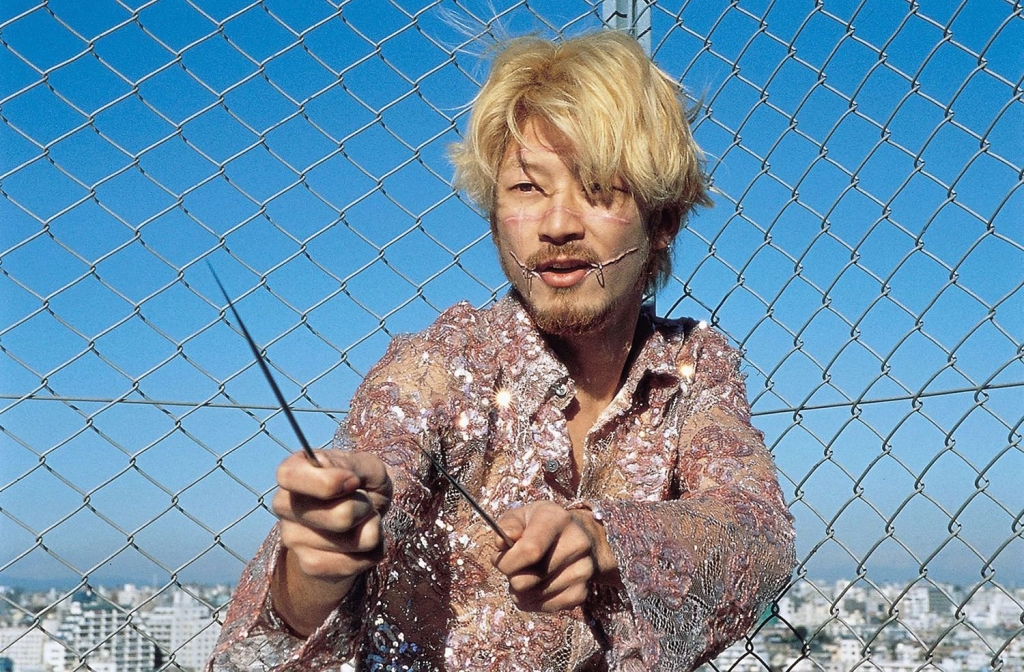
Ichi’s disturbed psychology is the accumulative result of a vulnerable man pushed too far through years of systematic abuse; he may be our protagonist, but he is merely a puppet being orchestrated by more powerful hands: the Yakuza.
When the Yakuza Syndicate Anjo Clan’s Oyabun (clan boss) is assassinated by Ichi, the film’s narrative passes from Ichi to Kakihara (played by Tadanobu Asano)
The film switches protagonists, and we are thrust into Tokyo’s Underworld alongside Kakihara as he searches for the killing machine who murdered his beloved boss.
The film is so controversial due to the onscreen violence against women, much of it focusing upon sex-based violence. However, I believe that this feeds back to the source material and how Hideo Yamamoto commented upon the sexism, which was so intrinsic to both gang culture and to Japan’s overall misogynistic treatment of women at the time (90s).
Be warned, however, that this film requires strong resolve upon first viewing.
When I watched Ichi The Killer, uncut at an old boyfriend’s house when I was 17 years old, it truly changed me as a person… and it ultimately left me craving more extreme cinema overall. I did not, however, anticipate the level of sexual violence that was committed onscreen, but I do feel that it was justified.
There is no Male Gaze from the camera’s POV.
Instead, we witness cold, detached OTS tracking shots as the women are subjected to grotesque acts of sexual violence. There is no sexualization, but Miike instead lingers over the ‘result’ of such wanton evil, placing focus upon the victim rather than on the perpetrator.
As an audience, we are forced to peer over the culprit’s shoulder to survey the carnage he has wreaked without remorse or commentary.
This is where the film’s power lies and why it continues to shock some twenty-three years later.
Ichi is one of those impactful films that also changed the landscape of Western cinema following its release.
The marriage between highly stylized, psychedelic visuals and the cartoonesque depiction of OTT gore inspired a new generation of filmmakers to discover how far they could push the limits of permittable taste in their movies.
Japanese Horror has never shied away from dealing with dark imagery and disturbing themes, but Ichi The Killer was the first mainstream film to pair these themes with dark humor and an air of cartoon logic.
The onscreen gore falls into the ‘cartoon logic’ category for me; the infamous ‘geyser’ scene following Boss Anjo’s murder or the scene where Ichi saws a guy in half with a hidden boot-blade is unadulterated, live-action Manga.
I believe that the hyper-real, Acme cartoon levels of comic book violence went over many heads of Western audiences who were too hung up on the film’s gore content to fully appreciate the underlying humor that permeates Miike’s script.
The film has also enjoyed a second wave of popularity thanks to its frankly embarrassing English dubbed version wherein all the voice actors speak in thick Cockney accents, often adopting Cockney slang.
This detracts all tension from the more impactful scenes. However, this version remains a fan favorite amongst stoners and Bro-Dudes at screening parties.
Aside from the balls-to-the-wall gore, the stylization of this film will leave your jaw hanging.
The hi-speed quick cuts coupled with frenetic music by Karera Musication of Japan’s Boredoms band give the viewer the distorted confusion reminiscent of an amphetamine trip.
The iconic wardrobes provided by Michiko Kitamura helped to cement Kakihara as J-Horror’s biggest heartthrob; his outlandish purple trench coat calls to mind the Joker’s silhouette and his silver, sequined shirts catch the light reflecting off the facial piercings which frame his scarred mouth.
I think the reason that so many of us lust after him (aside from his stunning good looks) is his overall attitude. He is a Sadomasochist sure, but the loyalty which he shows his boss even after his passing is admirable.
The tenacity with which Kakihara seeks justice for the one person who could truly inflict pain upon him belies his vulnerable side.
Kakaihara’s vulnerability lies within how dedicated he is to achieving his most unattainable fetish: experiencing pain beyond his own unreachable threshold. His commitment to Boss Anjo stems from his love for the man. Boss Anjo was the only person who could inflict the level of pain upon Kakihara, which he craved but rarely tasted.
Now that Anjo was gone, perhaps super Sadist Ichi could satiate Kakihara’s most wanton need?
Thus ensues a break-neck game of Cat-And-Mouse as Kakihara searches for Ichi across Tokyo’s Yakuza-run Prefectures.
The editing style during Ichi’s nighttime scenes has been admired by everyone from Edgar Wright to Gaspar Noe to Chad Stahelski.
Further, the influence of its visual styles can even be seen in modern video games like Cyberpunk.
I believe that Ichi The Killer paved the way for the popularity of other Asian cinema exports like Park Chan Wook’s Oldboy. The long-tracking shots of fight cinematography coupled with frenetic, pulsating music may derive influence from Miike Takashi’s stylization of Ichi.
The music provided by Karera Musication has influenced film composers like The Dust Brothers, who provided the score for Fincher’s Fight Club.
Mainstream crowd-pleasers like John Wick and Kill Bill include heinous violence that would not have been permitted in mainstream cinema had it not been for the tendrils of influence reaching out from Ichi The Killer’s growing popularity amongst filmmakers.
From the opening credits, where the film title card is revealed in discarded semen, to the shocking and bloody climatic scenes, ICHI THE KILLER is a hugely influential action horror film that exposes the side of Tokyo that the Japanese tourism board does not want foreigners to see.
This film invites you to experience the neon-lit Red Light District of Yakuza territory, where extreme Body Modification, prostitution, casual violence, and ‘’just a little torture’’ are simply par for the course.
Ichi The Killer may not seem overly extreme by today’s standards. However, you have its long-spanning influence to thank for the ease with which you can attain extreme content in your favorite Indie and mainstream movies.
The enduring strength and appeal of the film may lie within how it handles its villains; every character faces the consequences for their own insidious actions, and in the end, nobody is safe from Ichi’s boot blade.
If you can look past the trauma porn aspects of the film, you will be rewarded with a fast-paced, exhilarating, hilarious, and wholly unpredictable ride whose influences can still be seen in cinema today.
If the film gets too much for you, remember to tell your friends, ‘’I’M NOT CRYING!’’



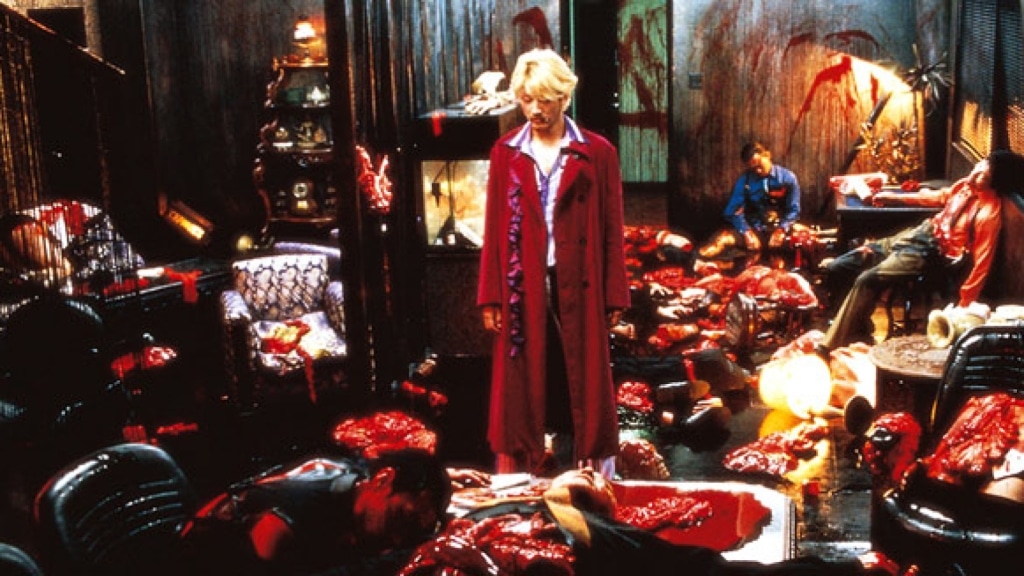
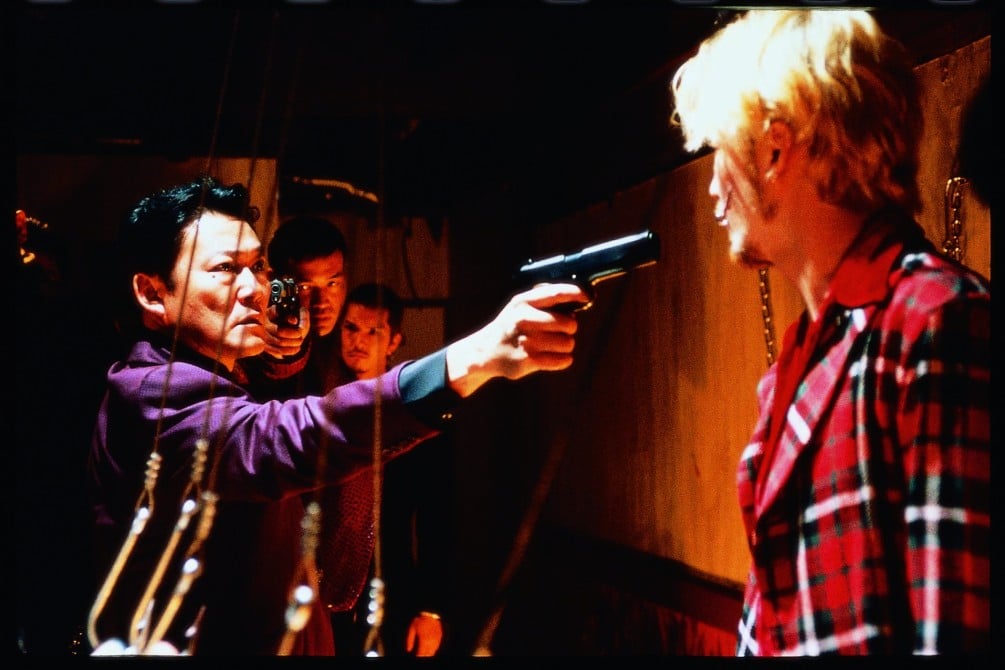
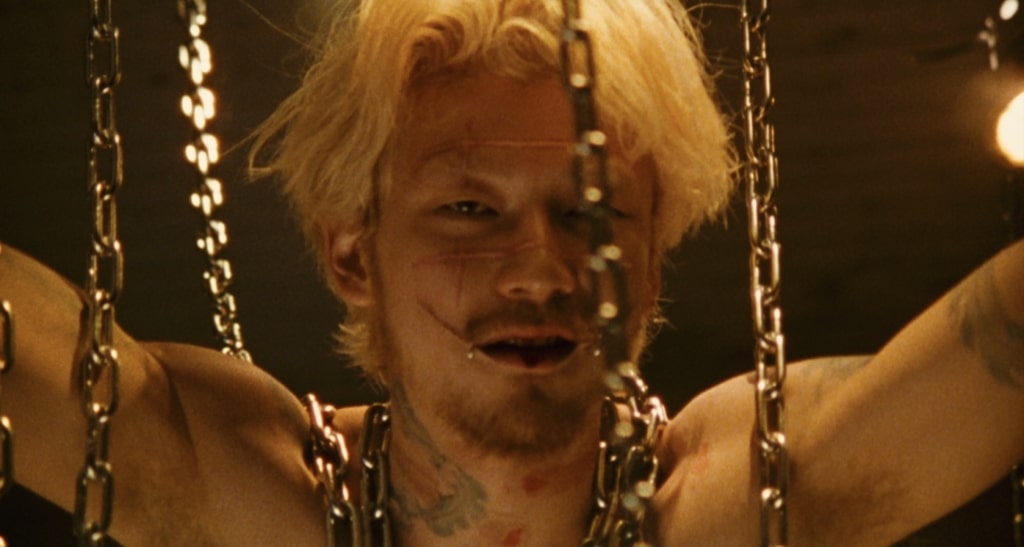
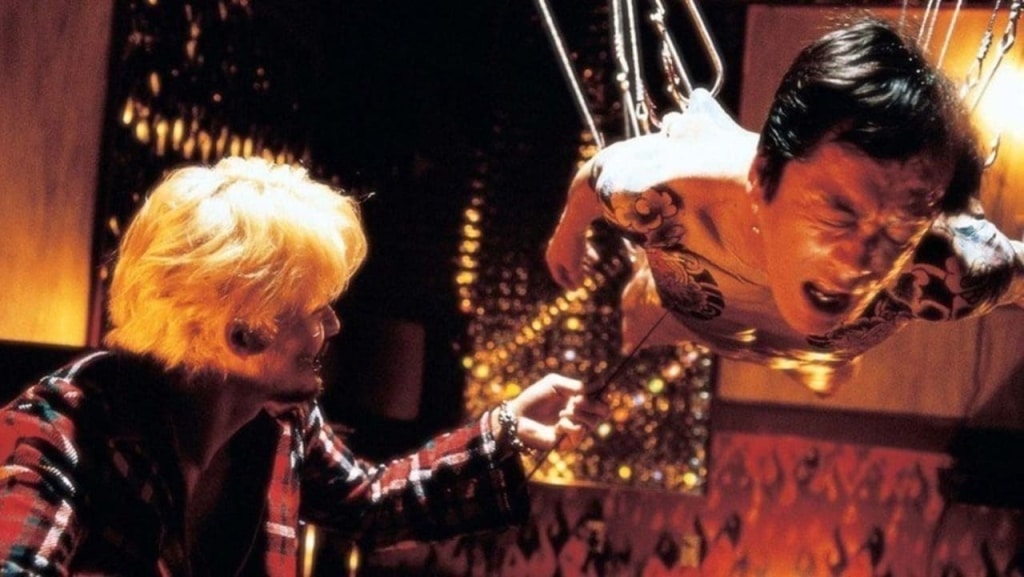
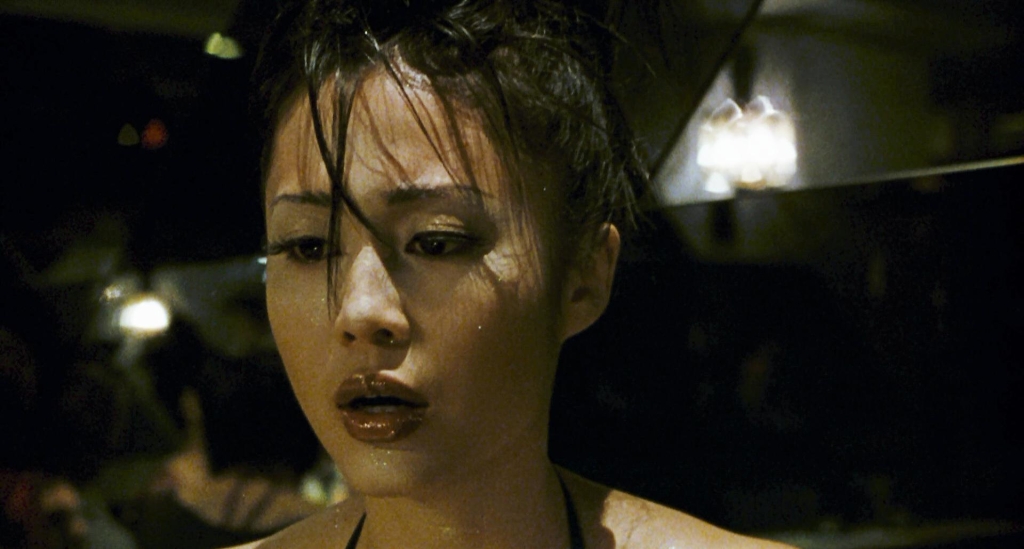
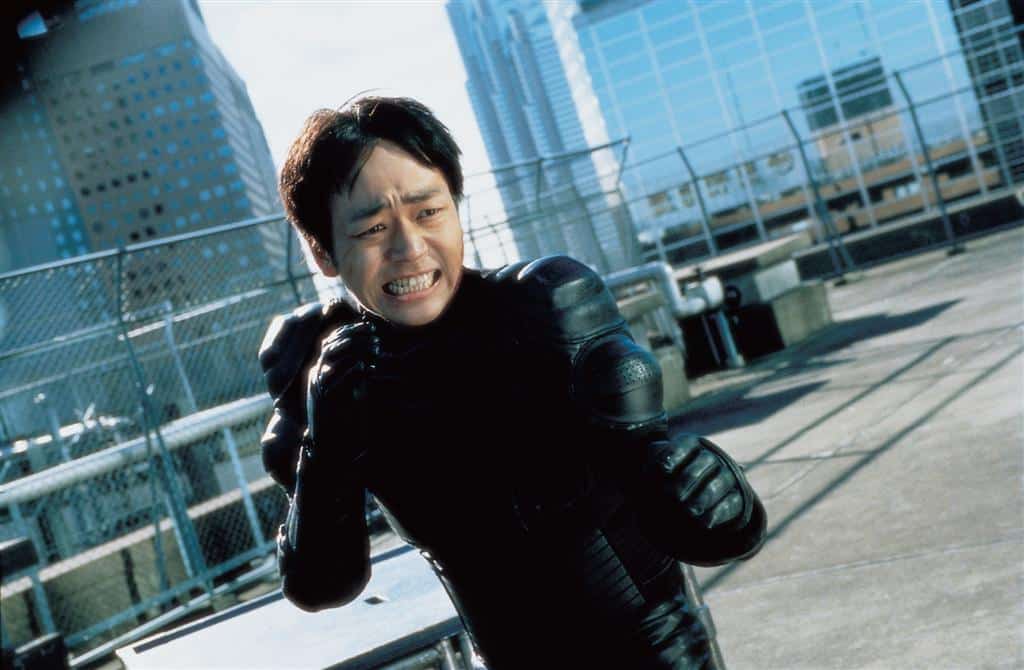
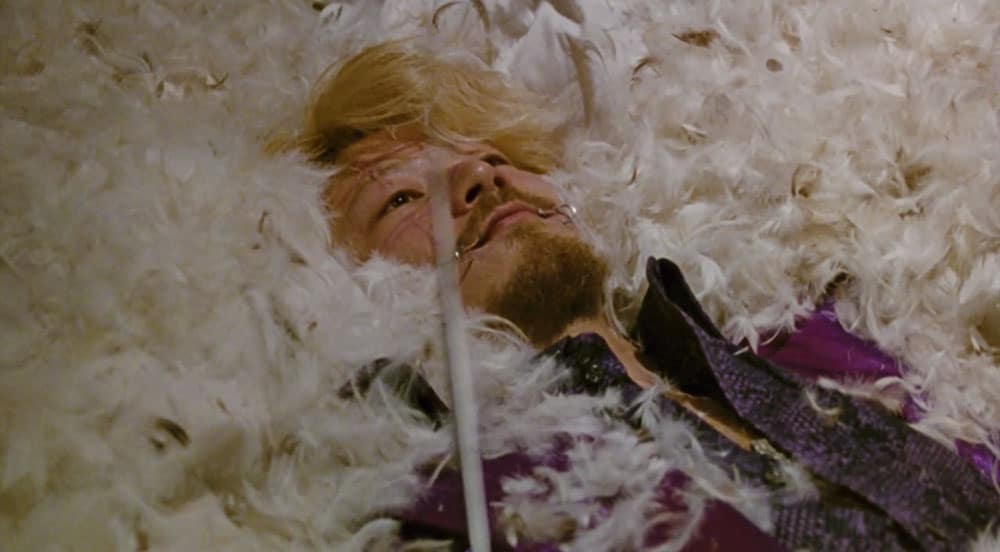
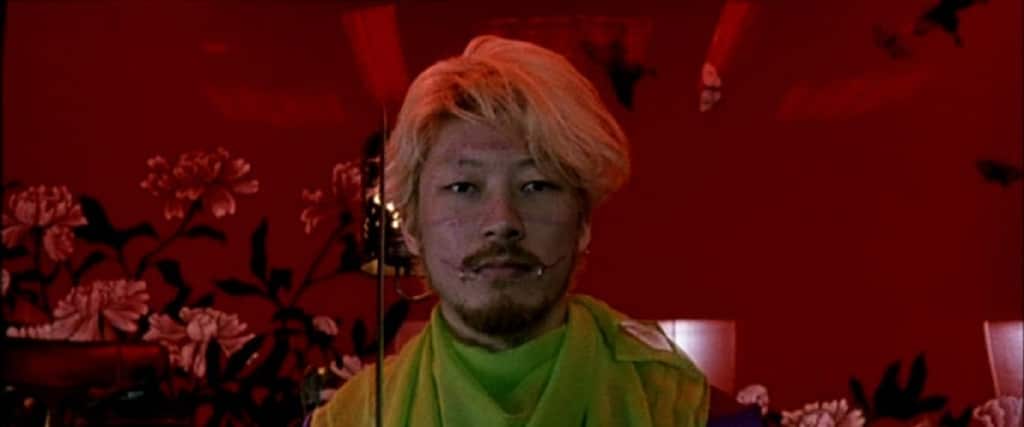
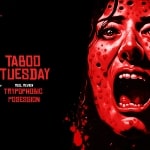

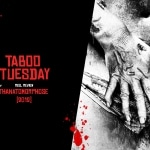
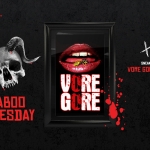







Follow Us!